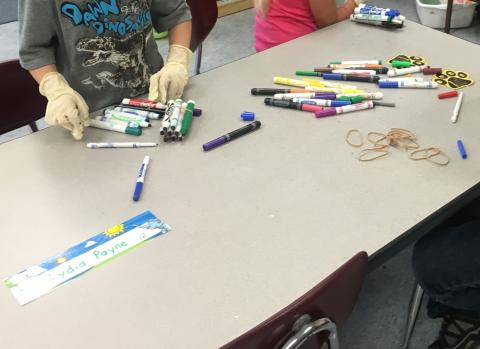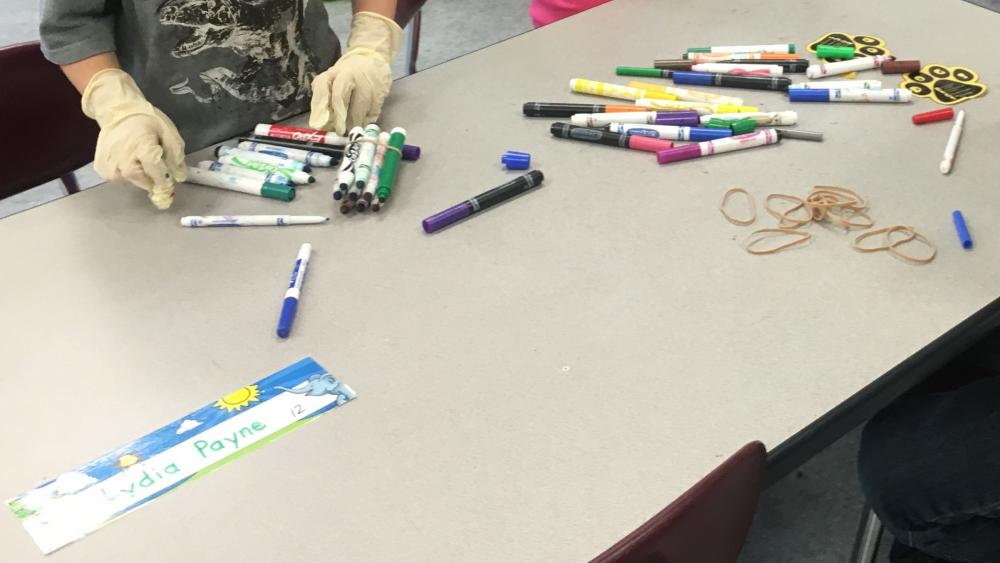Part I - Service-Learning in a Rural vs. Urban Setting: Community Support and Partnerships
In this four-part series about service-learning, we discuss the similarities and differences in planning projects in rural vs. urban settings. We introduce place-based (rural/urban) differences that may come up when planning and implementing service-learning activities.
Part I: community supports and partnerships, Part II: timing of projects, Part III: funding, and Part IV: structures of local districts.
Service-learning integrates subject knowledge and common core principles into addressing real needs in the community. In so doing, both the students and their communities are enriched through philanthropy, reflection, and civic responsibility. The school and community contexts in which these service-learning lessons and projects happen can vary greatly; the same project will not be appropriate for a third-grade math class in a rural area and a fifth-grade social studies class in an urban area. Just as lessons are modified to fit the needs of the students, so is the home area is taken into account.
Of course, rural and urban places are not monolithic; a great deal of variation exists within both those categories. The power of service-learning comes from deeply understanding and connecting with your own local community.

Community Supports and Partnerships
Urban
Urban communities tend to be surrounded by businesses, nonprofits, and schools of all types. There’s generally a web of connection that already exists between the different sectors, meaning a business might already partner with a school, or a nonprofit might have a relationship with a restaurant that is mutually beneficial.
When beginning to plan a service-learning project in an urban setting, you must take the first step of jumping into the web by doing research and asking questions directly of the business and nonprofit partners you are interested in. This step is best left to your students, giving them the agency to do a bit of research to uncover the needs in their community and find out what organizations have interest or expertise in those areas. Know that most organizations in the community recognize the importance of educating and connecting to the next generation and are often willing to engage in some way.
Keep in mind that in urban settings, neighborhoods vary greatly across the city. Sometimes it’s best to focus on the neighborhood the school is in, and sometimes it is beneficial to serve or engage with a different neighborhood to get a new perspective. If working in a different neighborhood, finding a community partner that is within that neighborhood is key to understanding the needs of that area.
Service-learning with partners takes many forms in an urban setting. For example, you may invite to your classroom a speaker who represents an area of the community related to something the students are studying. For example, bring in to a statistics class an employee of a homeless shelter to discuss the actual numbers of the homeless population, or perhaps take a field trip to a soup kitchen to show the students the need to serve in real life. Another way to connect service-learning to the community is to address the community need at the school, and then have the teacher, volunteer, or representative group of students deliver the final project to the community partner after the project has completed. For example, hold a food drive at the school when learning about nutrition or write cards to seniors while studying how to write a narrative.
Rural
Many rural communities will have fewer of the nonprofits, social service sector, and service groups that make up traditional community partners in urban places. The lack of these resources does not mean philanthropy isn’t alive and well in rural communities though! Often instead of large formalized groups, philanthropy happens on a more individualized and informal scale.
It may be helpful to think of “community assets” instead of “community partners.” Rural citizens may be known for supporting one another. For example, if there is a family or community member in need, rural towns are known for stepping up to help out their neighbor. In communities like this it is vital to understand who the key influencers are and engaging with them directly.
This might mean leaning into the networks of students’ parents and local businesses to find partners in the community. The mean age of rural community members trends higher than that of urban areas. This means grandparents and retirees can be a great source of community support (and they often have many other connections within the local community and time to share). Bringing in this population as partners creates some great potential for intergenerational dialogues and relationships to flourish.
Whether you live in a rural place or an urban one, you are the expert on your own community. That expertise, when paired with teaching and issue area resources on Learning to Give, can be used to make some truly transformative service-learning projects for both your students and your community.
Guest blog by Megan Lendman, Grand Rapids Public Schools Service-Learning Coordinator: 2015-17 Michigan Nonprofit Association AmeriCorps VISTA, and Tyler Augst, Service-learning Coordinator for Eastern Upper Peninsula Intermediate School District
